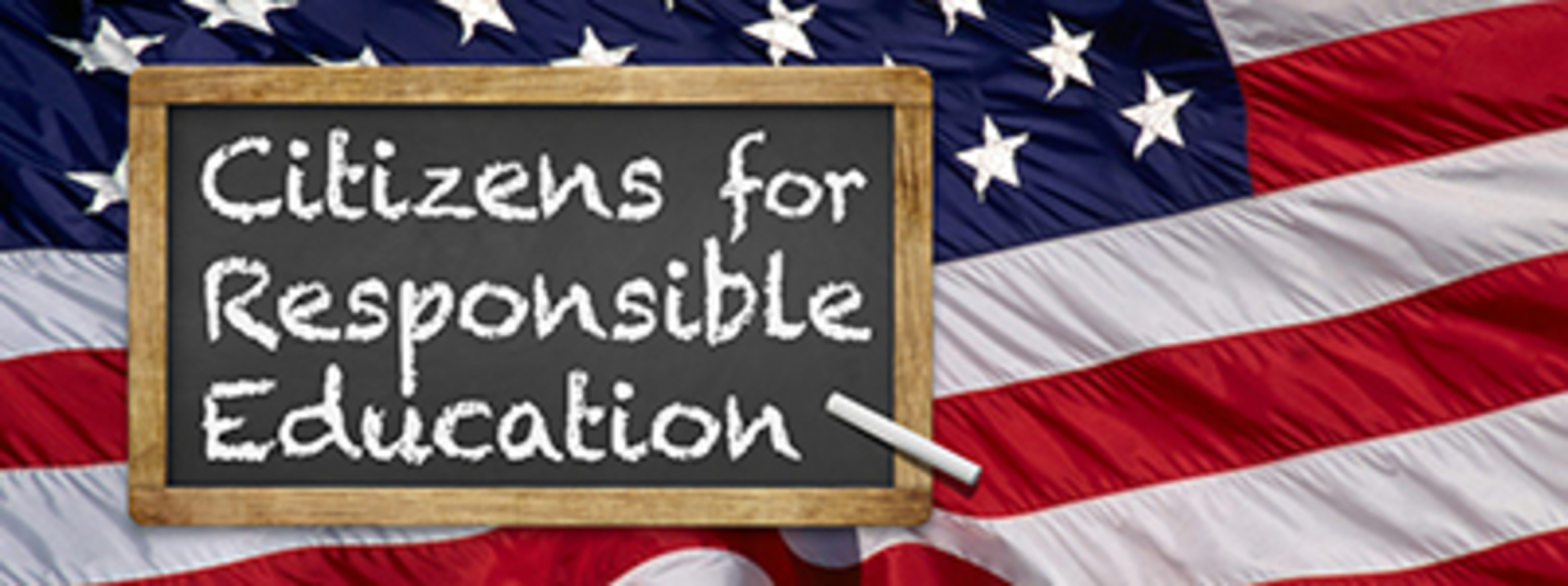
Social-Emotional Learning (SEL)
What is it?
Social-Emotional Learning is a teaching style that emphasizes a student's feelings about what they are learning and doing rather than whether or not they actually understand, internalize and can act upon what they've been taught. This clever shift in how a child perceives their coursework undermines everything about the basic fundamentals of learning.
The student is taught to immerse themselves in their feelings and to share with the group, all the while discarding genuine academic advancement. Educators play along, affirming student introspection and acting as classroom therapists without the proper training or authorization to do so.
In reality, social-emotional learning ingrains children into socially-constructed realities and makes them less accepting of negative feedback. They become mentally weaker and more fragile over time and often display an inability to move on from being upset. Group hugs, crying sessions and/or safe spaces become the norm as a means of helping them deal with daily triggers.
Where did it come from?
Social-Emotional Learning was first introduced at Yale's School of Medicine Child Study Center in the 60's and was spear-headed by James Comer, resulting in the Comer School Development Program. The program focused on black elementary school students in New Haven, CT. Two decades later in 1987, Roger Weissberg, a psychology professor at Yale, and Timothy Shriver, a Yale graduate and educator himself, established the New Haven Social Development program to further promote the concept of SEL, but it wasn't until 1997 when the Collaborative to Advance Social, and Emotional Learning, or CASEL, published "Promoting Social and Emotional Learning: Guidelines for Educators" which outlined and defined how the principles of SEL should be taught in schools.
In 2019, public schools saw the introduction of Transformative Social-Emotional Learning, or TSEL, which took the SEL framework one dangerous step further by "...facilitating critical examination of individual and contextual factors that contribute to inequities" among student populations.
How can you spot it?
Social Emotional Learning Deep Dive
What can be done about it? Get Involved.
1) Run for your local school board, city council or relevant committee.
2) Propose new policies or alter existing ones that eliminate childhood indoctrination (flag, sexual education & survey policies are perfect for this approach).
3) Report on the state of education in your local school. Capture videos of indoctrination in the classrooms, take photos or make copies of propaganda, including flags, posters, surveys and flyers and share with other parents/caregivers who may not be aware of what is happening in your school district.
4) Engage with like-minded communities across social arenas to share information/build awareness.
Contribute, Volunteer, Attend an Event, or Contact Us to work with our group directly.
